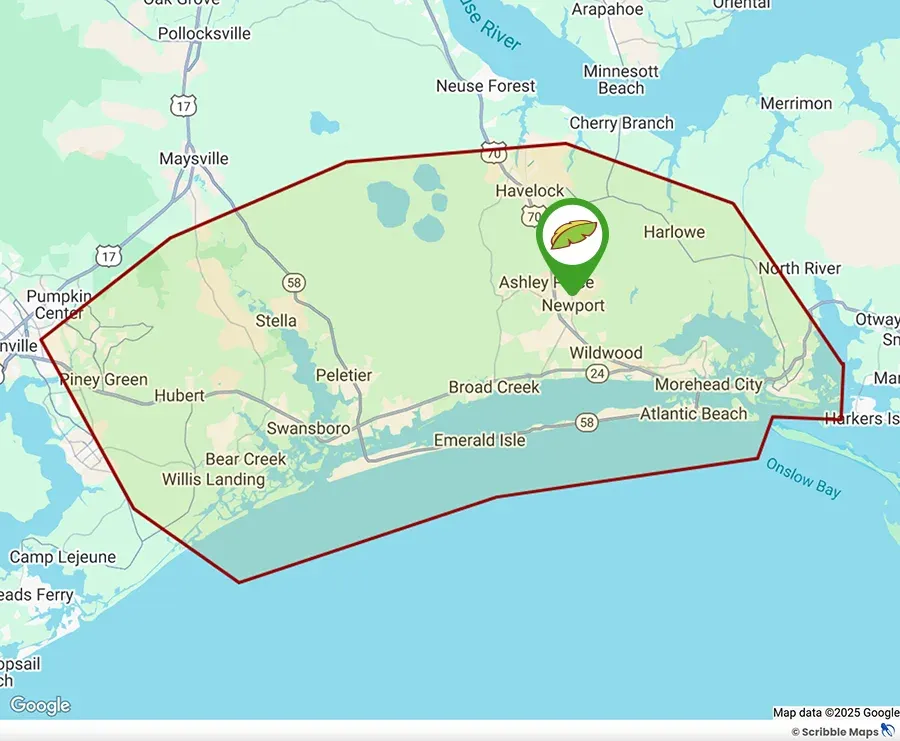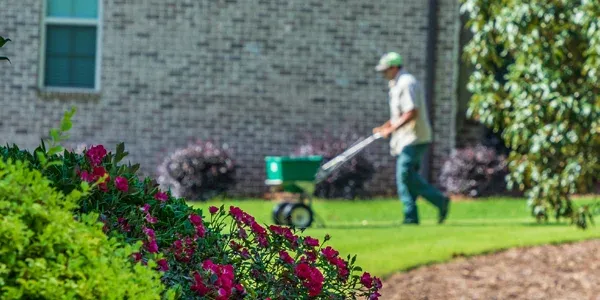Welcome to Wood Lawn & Landscaping
Wood Lawn & Landscaping is a trusted lawn care and landscaping service provider in Eastern North Carolina. With 21 years of experience, we create functional and attractive outdoor spaces for homes and businesses. Our skilled team delivers top-quality landscape design, installation, and maintenance services. Choose us for reliable lawn and landscaping solutions that match your needs and improve your property's appeal!
Enjoy Great Deals on Our Services
At Wood Lawn & Landscaping, we offer exclusive coupons to help you save on our premium landscaping and lawn care services. Take advantage of these special offers to get top-quality service at a great value!
Complete Outdoor Care From Lawn to Landscape
What sets us apart is that we are a full-service provider, offering both comprehensive lawn care and expert landscaping services. From routine mowing and fertilization to custom designs, hardscapes, and more, we handle every aspect of your outdoor space. This all-in-one approach ensures a seamless, high-quality experience that keeps your lawn and landscape looking beautiful year-round.

Areas We Service in North Carolina
Our team proudly serves the Eastern North Carolina area, providing top-notch lawn care and landscaping services to our local community. Whether you're in Morehead City, Emerald Isle, or surrounding areas, our team is dedicated to enhancing the beauty of your outdoor space year-round.







